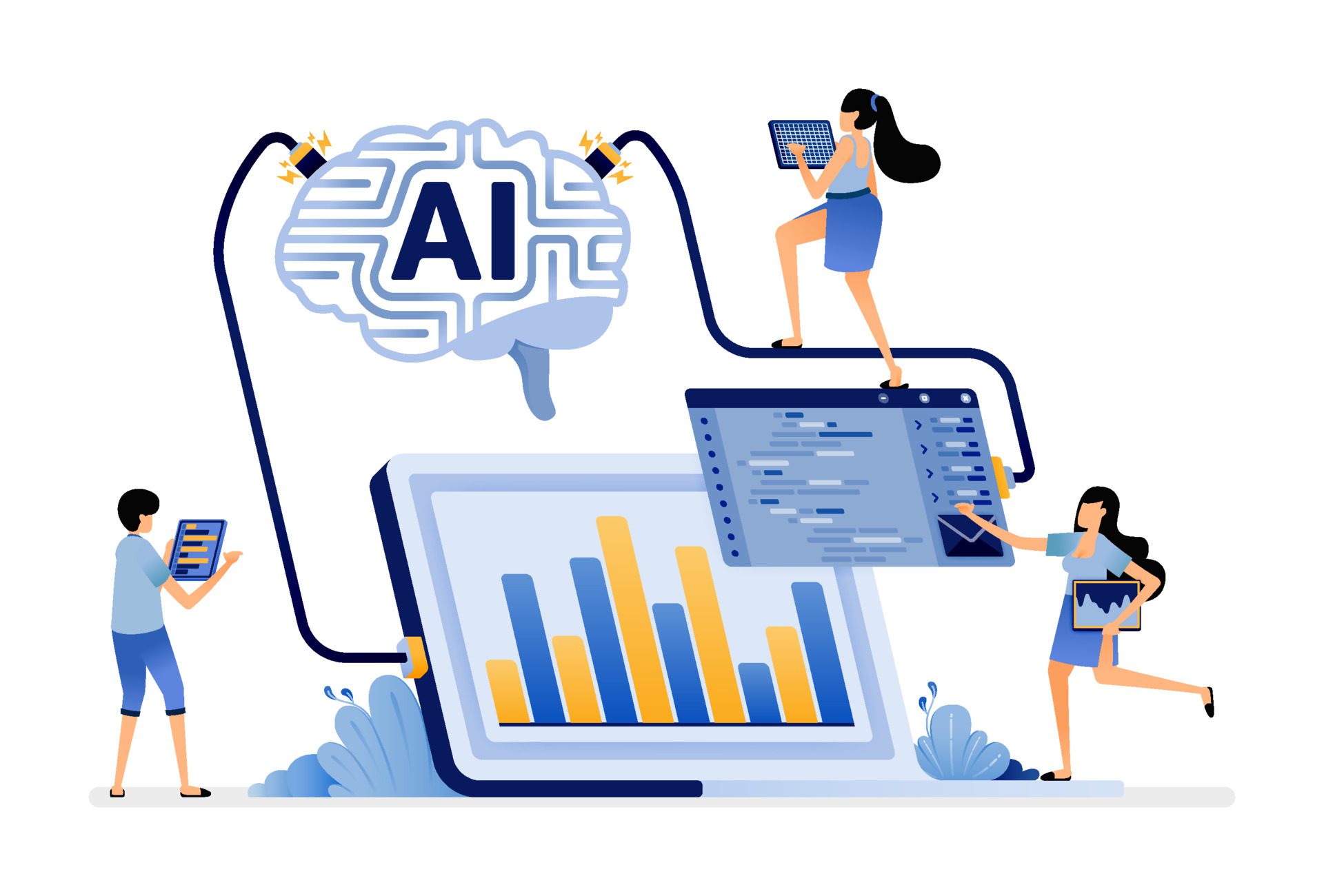The world is increasingly becoming intertwined with artificial intelligence, software, and technology advancements, to the point where IoT is on a fast track to becoming the possible future. We already do that a little on some levels: we communicate with smart devices around us. Soon, it is going to be as common as a smartphone.
Take the examples of physicians who want to use artificial intelligence to improve the healthcare service provided to their patients. Or, enterprise executives want to use artificial intelligence to enhance the customer service provided to their users.
To understand how the mechanism will work, we need to understand the terms and concepts that elaborate no-code artificial intelligence.
No-code Artificial Intelligence
In essence, no-code is a contemporary take on developing artificial intelligence to develop it quickly. You do it with minimum coding experience, hence the name. As Chris Wanstrath, the CEO of GitHub, puts it, “The future of coding is no coding at all.”
It’s not mere quotations, though. Many independent tech research facilities, including Forrester, predict that by the end of 2022, the market will have grown from $3.8 to $22 billion. It should be no surprise, given how the stats promise a brighter tomorrow, that companies such as Google have recently acquired other companies (such as AppSheet) to integrate no-code technology into their cloud development.
How Does No-code Artificial Intelligence Work?
What hidden powers does no-code possess that make it swish and flick, and you have notoriety every which way? It’s no magic and pretty simple to grasp. Essentially, no-code decouples programming languages and syntax from logic and takes a visual approach to software development instead.
You might point out that in this sense, no-code is similar to low-code development. The difference is that low-code platforms incorporate some coding at intervals and require some knowledge of programming languages. With no-code, there is none of that and a lot of freedom with creativity.
To summarize, no-code artificial intelligence works through the democratization of the AI landscape. Instead of words, there is a simple drag-and-drop feature.
 No-code Artificial Intelligence for Businesses
No-code Artificial Intelligence for Businesses
And now comes the most crucial question of all — how can businesses adjust to accommodate a zero-code culture? A no-code platform helps non-engineer individuals in a company or a business, e.g., product managers and risk managers.
It can help these non-engineer professionals to classify and analyze the data and help build better predictive models. Platforms like these can also help automate the basic and regular tasks, allowing data science professionals to focus on more taxing, essential and sophisticated tasks.
There is no learning curve with no-code, and the interface and workarounds are as simple as using a webpage, an app, or even a simplified analytical software, which the non-technical team would already be familiar with beforehand.
Experts vs. Problems: How Can No-code Artificial Intelligence Bridge the Gap?
Ever-expanding tech fields have ever-expanding problems, and to be honest, we do not have enough men to guard the realm. With the induction of no-code platforms, we can expect a more significant chunk of the task force to be familiar with what is going on and hence, better armed against any unforeseen anomaly.
There are a large number of workshops/boot camps/programs that aim to train AI experts. But we still need more experts in number and qualification. Knowing that we can solve (to some degree!) many problems with no-code AI technology, we should find the best approach to enable domain experts to run their experiments instead of putting our focus on training a large number of AI experts. This is the only way we can ensure AI technology is adopted in every use case.
No-code AI platforms enable domain experts to implement and test their ideas wherever and whenever.
No-code Artificial Intelligence Advantages
What are the main benefits of no-code machine learning and AI software for businesses:
- Easy integration. Platforms and integrable modules offered with no-code AI have created the most convenient way to match the legacy software and mitigate the drawbacks of its not being custom. In most cases, no-code AI software developers attain this goal and create a product to meet businesses’ specific requirements.
- Automation and speed. According to a PwC survey among executives, more than half of respondents said that AI boosted productivity.
- Decreased costs. Custom AI-based solutions cost a few times more, usually require hiring in-house engineers, and provide time-consuming onboarding for the team. No-code AI reduces costs and solves the accompanying issues.
- Helps to introduce BI (Business Intelligence) platforms. No-code artificial intelligence can be a bridge between businesses and BI dashboards. AI gathers and structures data faster and more efficiently than a person can, so it can be a great connection between business processes and their measurable results.
In Conclusion
We would never have to code again in a perfect world if our AI became that strong. However, given the current scenario, the best we can see of this technology is in automated replies and auto-generated emails. Here’s to hoping that no-code tech takes the world of artificial intelligence and IoT by storm.



 No-code Artificial Intelligence for Businesses
No-code Artificial Intelligence for Businesses


